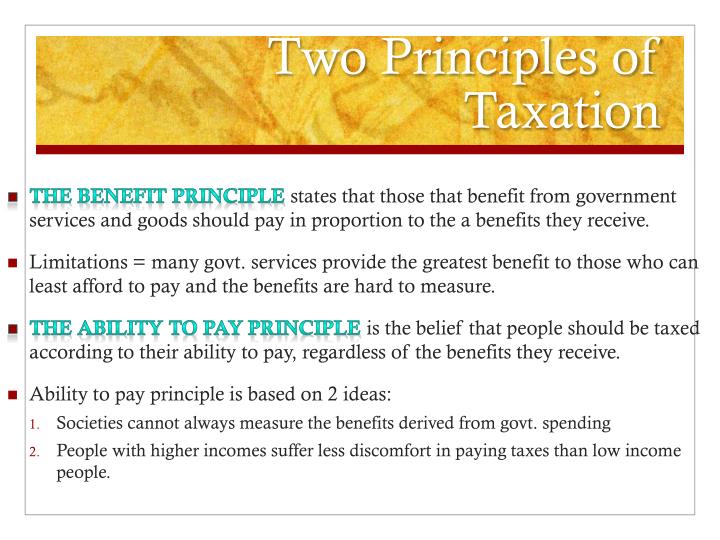
The significance of this second implication for tax policy is elaborated in the section on optimal commodity taxation in Chapter III. Second, if all commodities are taxable and are being taxed at the same rate, then no relative price change, and, therefore, no excess burden, can occur. First, even if the consumer’s demand for the taxed commodities is such that it is not affected by the tax-induced change in their consumer prices (i.e., the demand curves for the taxed commodities are vertical), the tax would still entail an efficiency loss because of the induced relative price change (see below). Two important implications follow immediately from the above discussion.

It then follows that the excess burden of a tax can be alternatively stated as the additional welfare loss from the tax relative to a lump-sum tax of the same revenue yield. Hence, a lump-sum tax, which by definition does not distort relative prices, cannot have any excess burden. 3 Note that this excess burden arises purely from the tax-induced change, or distortion, in the relative prices of taxed and nontaxed commodities. For this reason, the efficiency loss is usually referred to as the excess burden of the tax. The efficiency loss of a tax refers to the excess of the reduction in the consumer’s welfare above and beyond that which can be accounted for by income loss due to payment of the tax.

2 The former produces a (direct) income effect, while the latter gives rise to both an (indirect) income effect and a substitution effect in the standard manner following a relative price change. To abstract from equity considerations, the discussion in this section assumes the existence of a representative consumer, so that his individual welfare can be taken to represent social welfare as well.Ī tax, except in the form of a lump-sum levy (see below), reduces the consumer’s welfare in two ways: directly through a transfer of resources from him to the government, and indirectly through a rise in the consumer (i.e., tax-inclusive) prices of taxed commodities relative to those of nontaxed ones. This is most clearly brought out in the context of the theory of optimal income taxation, discussed in Chapter IV. In reality, they are, of course, necessarily intertwined, and the choice of a particular tax policy frequently involves an implicit or explicit calculation of the trade-off between efficiency and equity concerns. Examining these two consequences separately eases the analytical exposition of certain key concepts in the theory of optimal taxation. This section focuses on the concept and measurement of the former, 1 while those of the latter are discussed in the following section on taxation and equity. The imposition of a tax, under most circumstances, has both efficiency and equity consequences. What are the alternative measures of tax-induced efficiency loss?

How does taxation lead to a loss of efficiency?


 0 kommentar(er)
0 kommentar(er)
